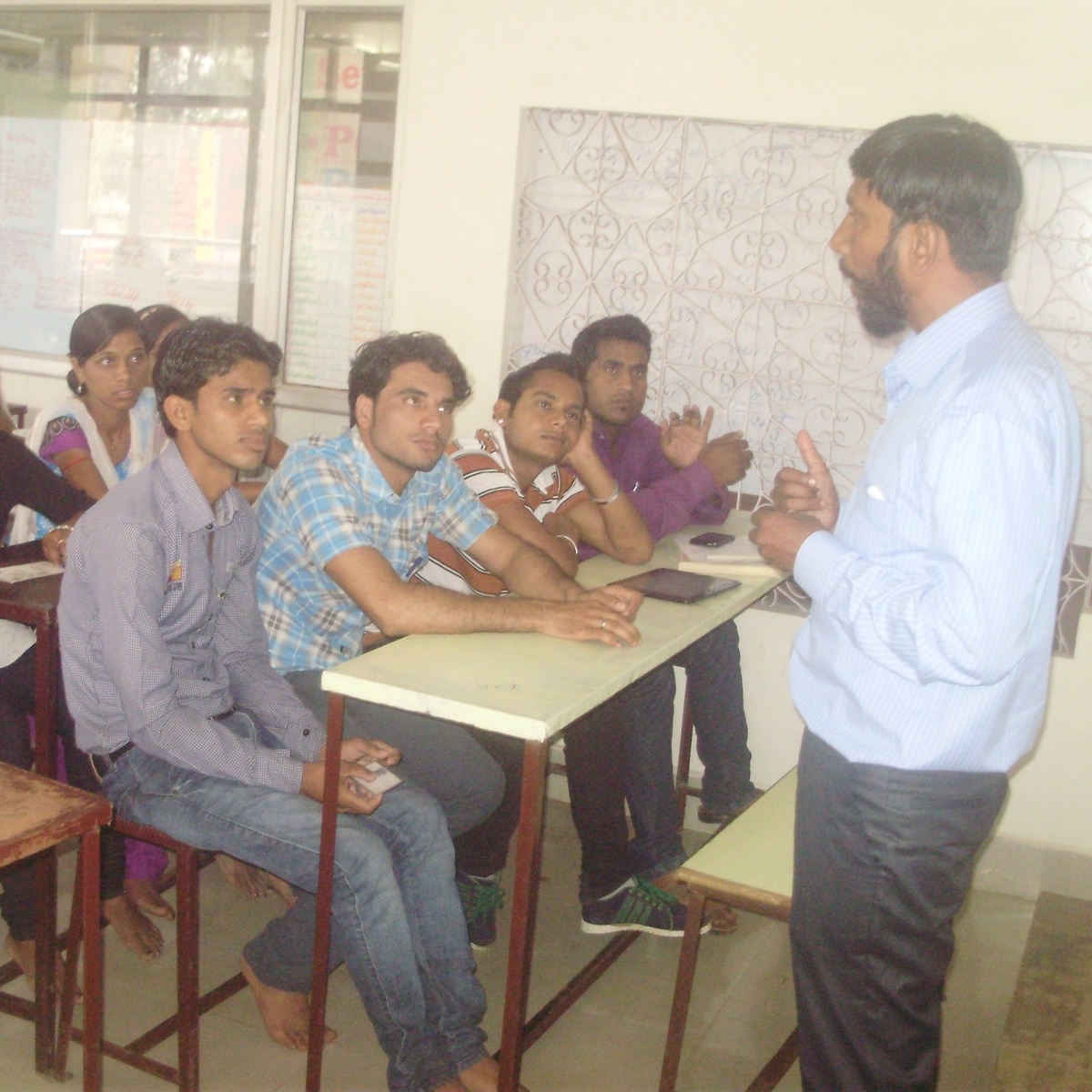Rural areas form the backbone of many nations, contributing to agriculture, culture, and natural beauty. However, they often face unique challenges such as limited access to resources, infrastructure, and economic opportunities. To revitalize and empower rural communities, it is essential to plan and implement effective rural area development programs. In this blog, we will explore the key steps to create a blueprint for success in rural development, focusing on planning and implementation strategies.
Understanding the Rural Landscape
Before embarking on a rural area development program, it is crucial to gain a comprehensive understanding of the specific challenges and opportunities within the target region. This entails conducting thorough research and needs assessments. This initial step sets the foundation for informed decision-making and ensures that the development program aligns with the unique characteristics of the area.
-
Identifying Local Needs and Priorities:
a. Engage with local communities, leaders, and stakeholders to identify their most pressing needs and priorities. b. Assess the current state of infrastructure, education, healthcare, and economic activities to determine areas that require immediate attention.
-
Analyzing Available Resources:
a. Understand the natural, human, and financial resources available in the region. b. Identify potential assets that can be leveraged for development, such as agricultural land, skilled labor, or tourism potential.
Planning for Sustainable Development
Once the needs and resources have been identified, it's time to formulate a comprehensive development plan that promotes sustainability and inclusivity.
-
Goal Setting and Prioritization:
a. Define clear, achievable goals for the development program. b. Prioritize these goals based on their significance and potential impact on the community.
-
Multi-Stakeholder Collaboration:
a. Collaborate with government agencies, NGOs, private sector partners, and local organizations to pool resources, expertise, and support. b. Foster partnerships that facilitate the sharing of responsibilities and the development of innovative solutions.
-
Creating a Timeline:
a. Develop a realistic timeline for the implementation of the program, taking into account seasonal factors and community events. b. Break down the plan into manageable phases to track progress effectively.
Implementing the Development Program
With a well-structured plan in place, the next step is the actual implementation of rural area development programs.
-
Resource Allocation and Budgeting:
a. Allocate financial and human resources according to the plan's requirements. b. Establish a transparent budgeting process that minimizes waste and maximizes impact.
-
Monitoring and Evaluation:
a. Set up a robust monitoring and evaluation system to assess the program's progress and impact. b. Regularly collect data and feedback from beneficiaries and stakeholders to make necessary adjustments.
-
Capacity Building:
a. Invest in training and skill development for local communities to ensure they can actively participate in and sustain the program. b. Empower individuals and groups to take ownership of their development.
-
Adaptability and Flexibility:
a. Be prepared to adapt the program in response to changing circumstances or unforeseen challenges. b. Flexibility is key to ensuring the program remains relevant and effective.
Creating a blueprint for success in rural area development programs involves a combination of strategic planning, collaboration, and adaptability. By understanding local needs and resources, setting clear goals, and implementing the program with diligence and community engagement, it is possible to catalyze positive change and unlock the potential of rural areas. Success in rural development not only improves the quality of life for rural communities but also contributes to the overall well-being and prosperity of nations.


No comments yet